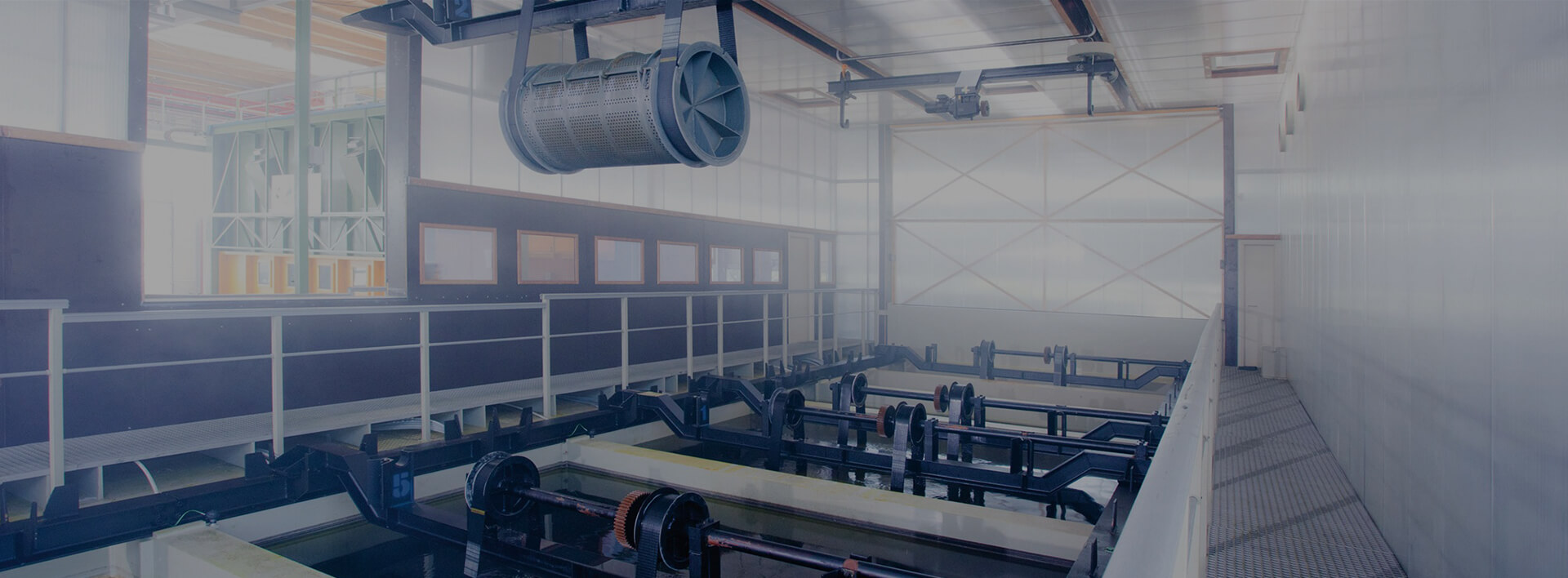
Surface treatments
Any metal exposed to air for too long tends to oxidize over time.
After years of proven experience, Fasteners Engineering has developed and developed a series of treatments capable of solving the problem of oxidation on bolts.
Below we list the different manufacturing processes used and modulated on the basis of the needs of our customers.
Electrolytic galvanizing : it is the treatment used most frequently on screws from 3 microns to 12 microns. It involves the application of various colors, from classic white to iridescent yellow to black.
Hot dip galvanizing : effective and long-lasting, hot-dip galvanizing is particularly suitable for the construction sector.
Zinc – Nickel : the nickel content equal to 12 – 15% guarantees excellent resistance to corrosion, and is applied both on small metal parts with barrel and frame. In recent years, it has undergone considerable development, in the face of increasingly demanding market demands regarding the corrosion resistance of metal coatings. In particular the auto sector, in which, until a few years ago, values set around 240/400 h were enough. of resistance to corrosion caused by red rust (ref. ISO9227), which on many components requires, today, from 720 h. at 1500 h. rr, reachable with low thicknesses only through this type of galvanic treatment. Certainly very protective compared to a classic zinc plating.
Geomet : a unique product, optimal in terms of friction and anti-corrosion. It is used in all industrial sectors, with a thin, non-electrolytic coating lubricated in the mass. Geomet is water-based, characterized by the absence of hydrogen embrittlement, and its color is metallic silver. Types vary according to the application. For example A321, A500, A750, etc.
Burnishing : it is a treatment used mainly in the automotive and assembly equipment sector; it is also highly appreciated in the hydraulic sector (cylinders and various components), and on stainless steel products (usually called Nerinox ).


